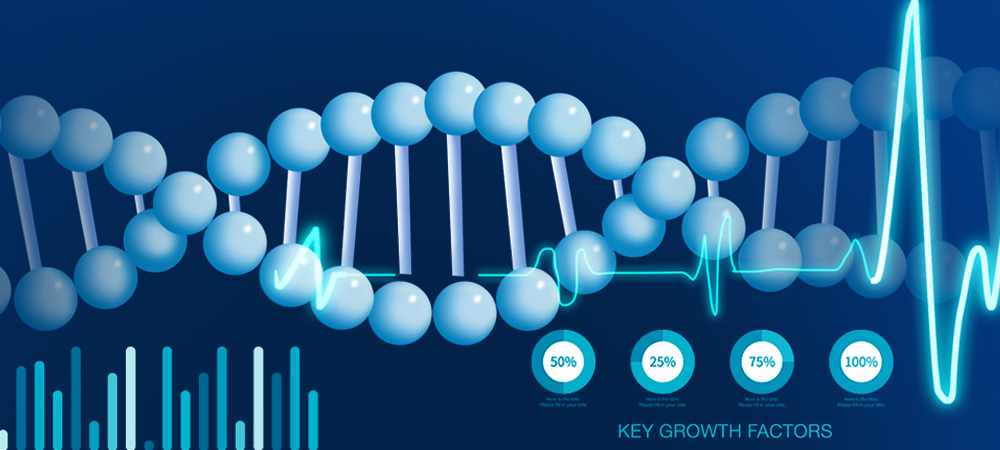One of the 125 most challenging scientific questions published by Science is: Why do we need sleep? Although there are many theories, it is still a mystery to be solved. Sleep is regulated by internal factors of circadian rhythm and sleep homeostasis as well as a variety of external factors, affecting physiological functions. Researchers have made a series of gratifying progress in analyzing the mechanism of sleep regulation at the molecular, cellular, loop and network levels. However, it is still unclear how multiple brain regions and multiple cell types coordinate to regulate sleep. The analysis of cell-specific functions has created a new opportunity to understand the basic principles of brain coding and integration. Drosophila, which is highly conservative with the sleep characteristics of vertebrates, has become a new favorite of model animals for studying sleep since 2000 due to its powerful genetic operation means and short life cycle, and plays an important role in analyzing the basic principles of sleep regulation.
Recently, the Liu Chang team of the Institute of Brain Cognition and Brain Disease of the Shenzhen Institute of Advanced Technology of the Chinese Academy of Sciences (hereinafter referred to as the "Shenzhen Institute of Advanced Technology") and the Shenzhen-Hong Kong Institute of Brain Science Innovation cooperated with the Leslie C. Griffith team of the University of Brandeis in the United States, and published a research paper entitled "Subtype-specific roles of intelligent body ring neurons in sleep regulation in Drosophila" in the form of a cover paper on the Journal of Neuroscience, Combining neuroethology, classical genetic methods and two mathematical model analysis, it was identified that different circular neuron subtypes in the central brain ellipsoid of Drosophila coordinated to control the total amount of sleep, sleep structure and sleep homeostasis. Yan Wei, the research assistant of the Liu Chang team of the Shenzhen Institute of Advanced Technology, Chinese Academy of Sciences, is the first author of the article, and researcher Liu Chang and Professor Leslie C. Griffith are the co-correspondents of the article.

Previous studies have made a series of progress in describing the morphology and anatomical connectivity of different subtypes of annular neurons in the ellipsoid, but the specificity of cell subtypes of sleep regulation is largely unknown. Using the existing Drosophila strain resource library, the research team collected 34 strains labeled with ellipsoidal ring neurons, activated different types of ellipsoidal ring neurons using the thermal genetic tool dTrpA1, and recorded drosophila's sleep behavior characteristics. By analyzing the total amount of sleep, the number of awakenings, the length of sleep segments, and the possibility of waking to sleep (P (doze), and sleeping to wake (P (wake)), It was found that many kinds of ellipsoidal ring neurons synergistically affect the total amount of sleep and sleep structure. In addition, the team used the method of Gaussian mixture model to identify the five groups that regulate sleep and the dynamic change trend of their regulation function in the day and night by clustering the strains with similar effects on sleep depth and pressure (△ P (doze)/△ P (wake)) in spatial distribution. For example, in the daytime, R4m subtype strongly regulates sleep depth/wakefulness; R3d/m can enhance sleep drive. At night, R3a/m/p and other subtypes have a more significant tendency to promote wakefulness than in the daytime, while different R4m increase sleep pressure or reduce sleep depth respectively. In order to further distinguish the effects of specific subtypes, the research team adopted the second mathematical method, General Linear Model (GLM), to carry out the analysis, and calculated the weight of each subtype's potential contribution to all sleep parameters during the day and at night, using the annular neuron subtype as a variable. Finally, two types of ellipsoidal annular neuronal subtypes with specific functions were proposed: R3p and R4m. The former affected the total amount of daytime sleep by regulating the length of sleep segments, while the latter regulated night sleep. The research team published in Current Biology in 2019 revealed that the 5HT7 receptor neurons in the ellipsoid can lead to sleep fragmentation without changing the amount of sleep. According to the recent anatomical analysis, the 5HT7-GAL4 labeled neurons include R3d, R3p and R4d subtypes. Furthermore, only R3d neuronal subtypes were activated by genetic tools, and it was found that the number of arousals increased while the duration of sleep fragments shortened, and finally the sleep fragmentation effect was refined to R3d.





 Shenzhen Leonine Biological Technology Co., Ltd.
Shenzhen Leonine Biological Technology Co., Ltd. 3A01, Building 5, Zone E, Fuhao Garden, Gongming Community, Gongming Street, Guangming District, Shenzhen
3A01, Building 5, Zone E, Fuhao Garden, Gongming Community, Gongming Street, Guangming District, Shenzhen